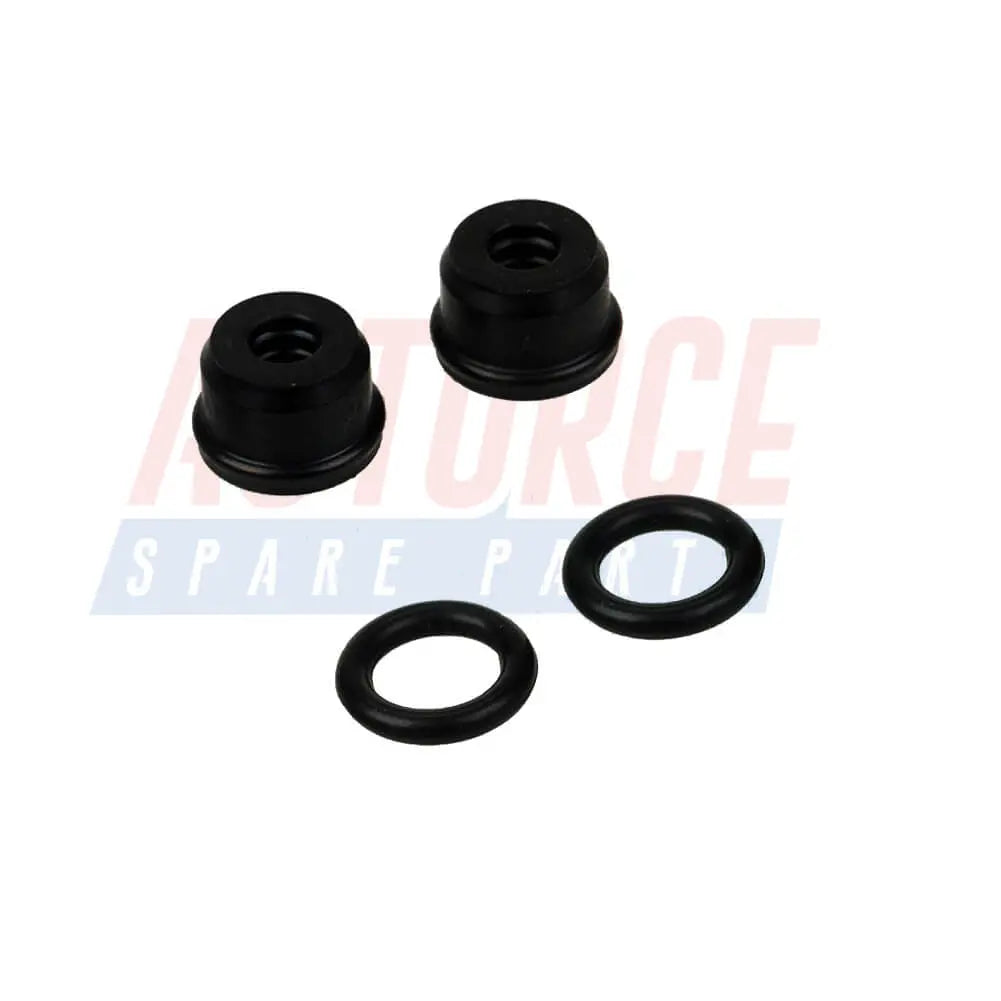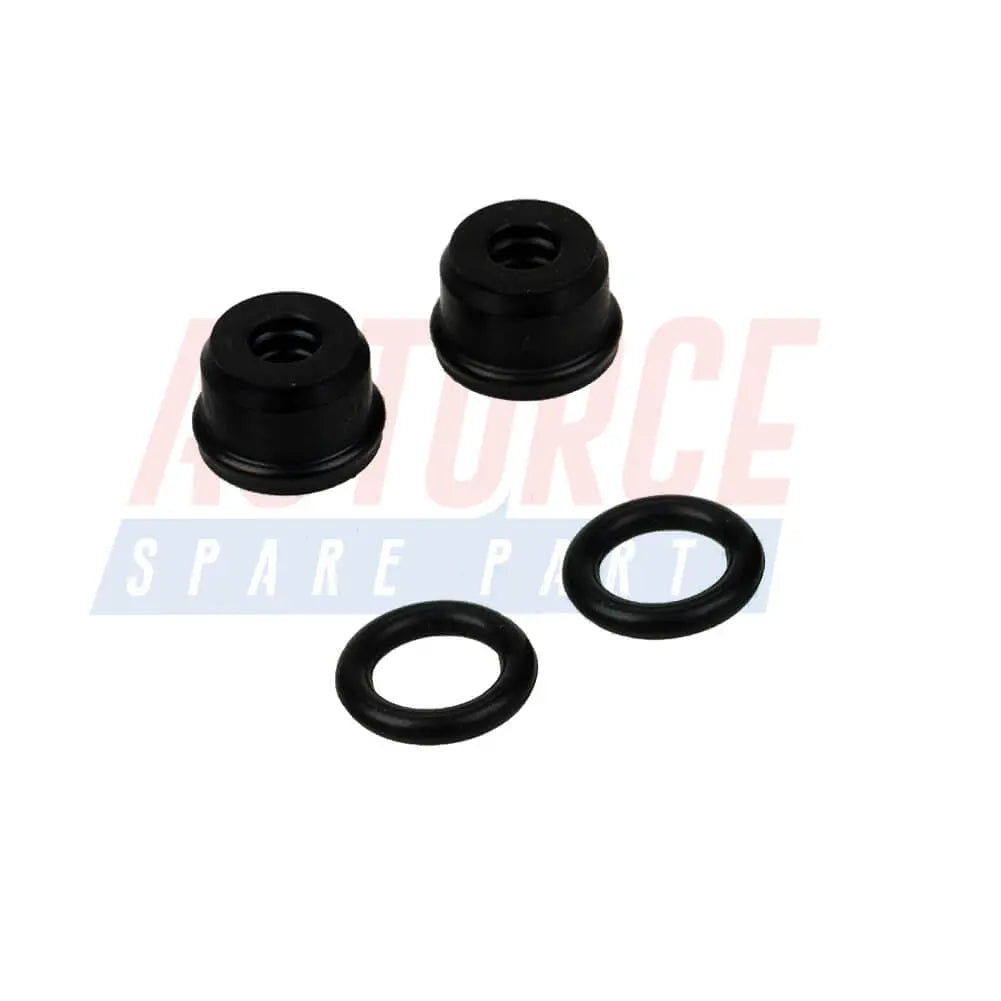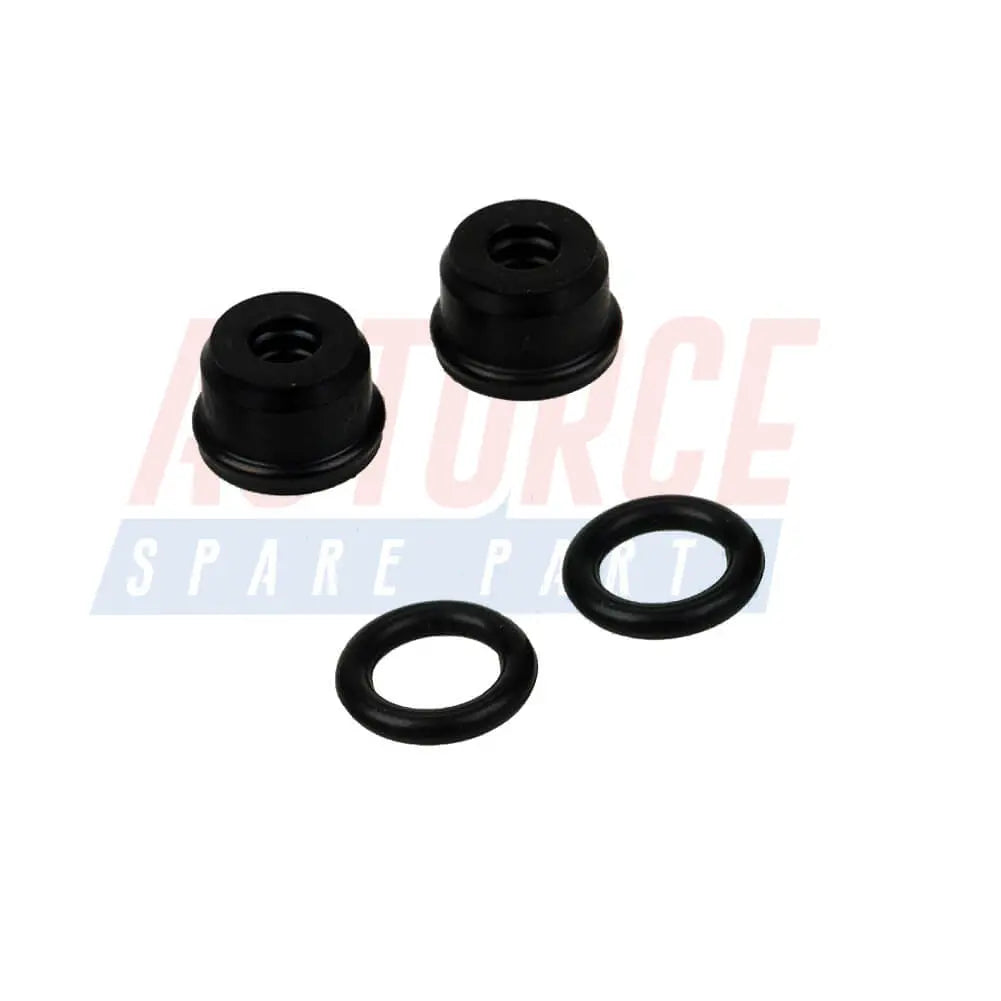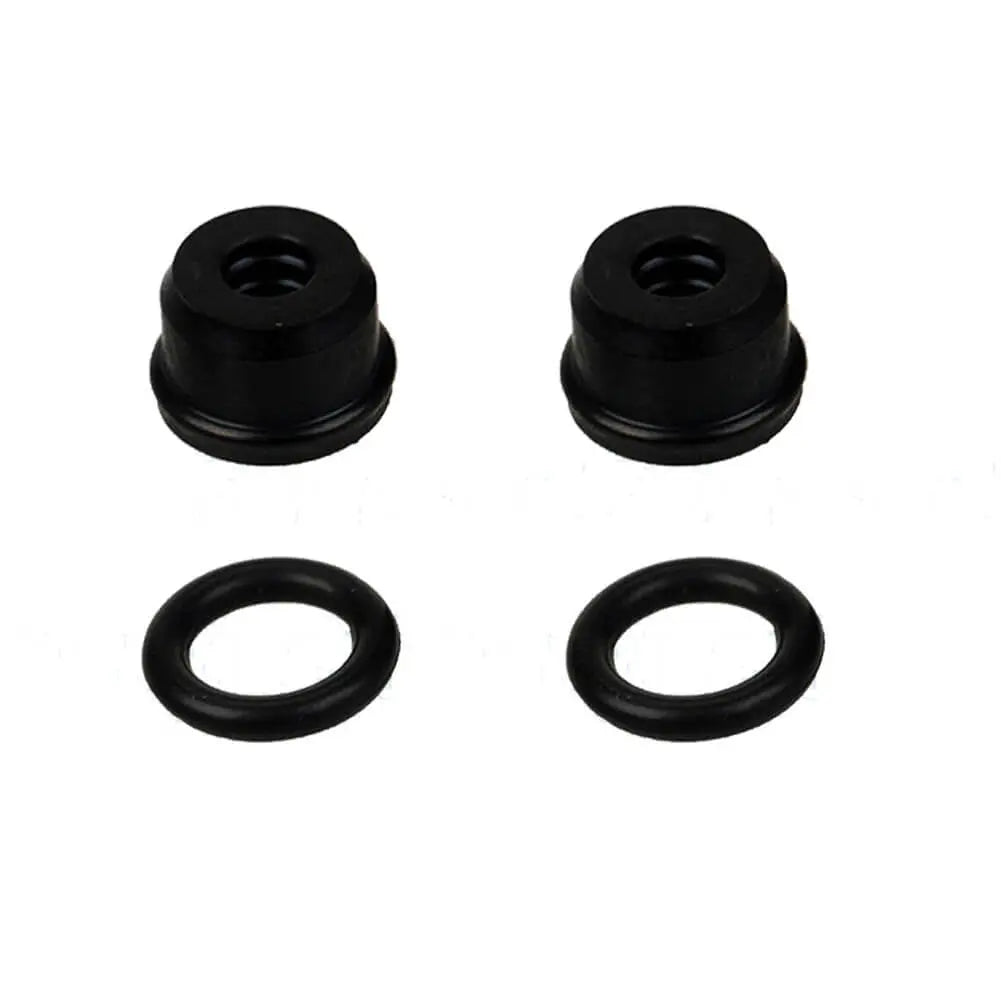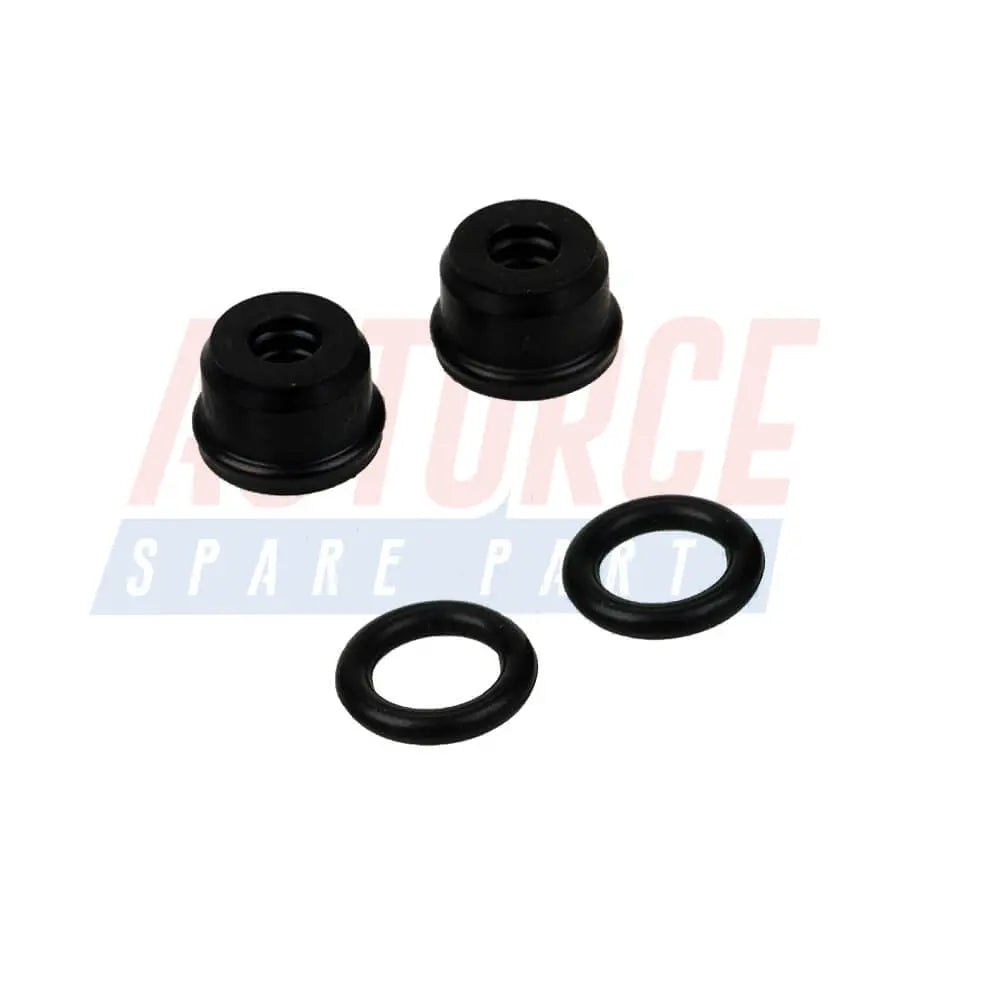Shop by Category
Slave Cylinder, Clutch
8 products
Showing 1 - 8 of 8 products
Understanding the Slave Cylinder Clutch: A Crucial Component for Smooth Shifting
The clutch system in a car is an essential component that enables the smooth engagement and disengagement of power between the engine and the transmission. One crucial part of this system is the slave cylinder clutch. In this article, we will delve into the workings of the slave cylinder clutch, its importance, common issues, and maintenance tips.What is a Slave Cylinder Clutch?
The slave cylinder clutch, also known as the clutch slave cylinder or hydraulic release bearing, is a hydraulic component that assists in the operation of the clutch. It is responsible for transmitting the pressure exerted on the clutch pedal to the clutch release mechanism, allowing for the smooth disengagement of the clutch disc from the flywheel. The slave cylinder clutch is commonly found in vehicles with hydraulic clutch systems.How Does it Work?
When you press the clutch pedal, hydraulic fluid is forced from the clutch master cylinder into the slave cylinder. The slave cylinder then uses this fluid pressure to actuate the release bearing, which in turn pushes the clutch fork or release arm. This action causes the clutch to disengage, separating the engine from the transmission, allowing for gear changes without grinding.Importance of the Slave Cylinder Clutch
The slave cylinder clutch plays a vital role in ensuring the overall performance and longevity of the clutch system. Here are a few key reasons why this component is crucial:1) Smooth Gear Engagement: The slave cylinder clutch allows for precise and seamless shifting between gears, resulting in a smoother driving experience. Without a functioning slave cylinder clutch, gear changes can become difficult and cause grinding or jerky movements.
2) Reduced Pedal Effort: By utilizing hydraulic pressure, the slave cylinder clutch minimizes the physical effort required to engage and disengage the clutch. This makes it easier for the driver to operate the clutch pedal, especially in heavy traffic or during extended periods of driving.
Common Slave Cylinder Clutch Issues
Over time, the slave cylinder clutch may encounter certain problems that can affect its performance. Some common issues include:1) Fluid Leaks: Seal failures or worn components can lead to hydraulic fluid leaks from the slave cylinder. This can result in a loss of hydraulic pressure, leading to a spongy clutch pedal or difficulty in shifting gears.
2) Internal Wear: The constant movement of the clutch fork and release bearing can cause internal wear on the slave cylinder clutch. This wear can lead to reduced efficiency, uneven clutch engagement, or complete failure.
Maintenance Tips
To ensure the optimal performance of your slave cylinder clutch, follow these maintenance tips:1) Regular Inspections: Periodically check the slave cylinder clutch for any signs of leakage, such as fluid stains or wetness around the cylinder. Address any leaks promptly to prevent further damage.
2) Fluid Replacement: Follow the manufacturer's recommendations for clutch fluid replacement intervals. Flushing the hydraulic system and replacing the fluid will help maintain proper clutch operation.
3) Proper Driving Techniques: Adopt smooth driving habits by avoiding excessive clutch slippage or riding the clutch pedal. This can help prevent premature wear on the slave cylinder clutch.
The slave cylinder clutch is a vital component in the operation of a car's clutch system. Its role in enabling smooth gear engagement and reducing pedal effort cannot be overstated. By understanding its function, being aware of common issues, and following proper maintenance practices, you can ensure a reliable and efficient clutch system, enhancing your overall driving experience.
Showing 1 - 8 of 8 products
Display
View


Clutch Slave Cylinder For PEUGEOT Boxer 2.0 BlueHDi 2.2 HDi (2006 - Onwards) - 1609015780, 2182.81
Sale price£59.90
No reviews
Hurry! Stock running out!Save £20.00


Clutch Slave Cylinder For FIAT Ducato 2.2 D 100 Multijet (2006 - Onwards) - 55199056, 1609015780
Sale price£59.90
Regular price£79.90
No reviews
Hurry! Stock running out!

Clutch Slave Cylinder For CITROEN Relay 2.0 BlueHDi 2.2 HDi (2006 - Onwards) - 2182.81, 55242892
Sale price£59.90
No reviews
Hurry! Stock running out!
Filters (0)


